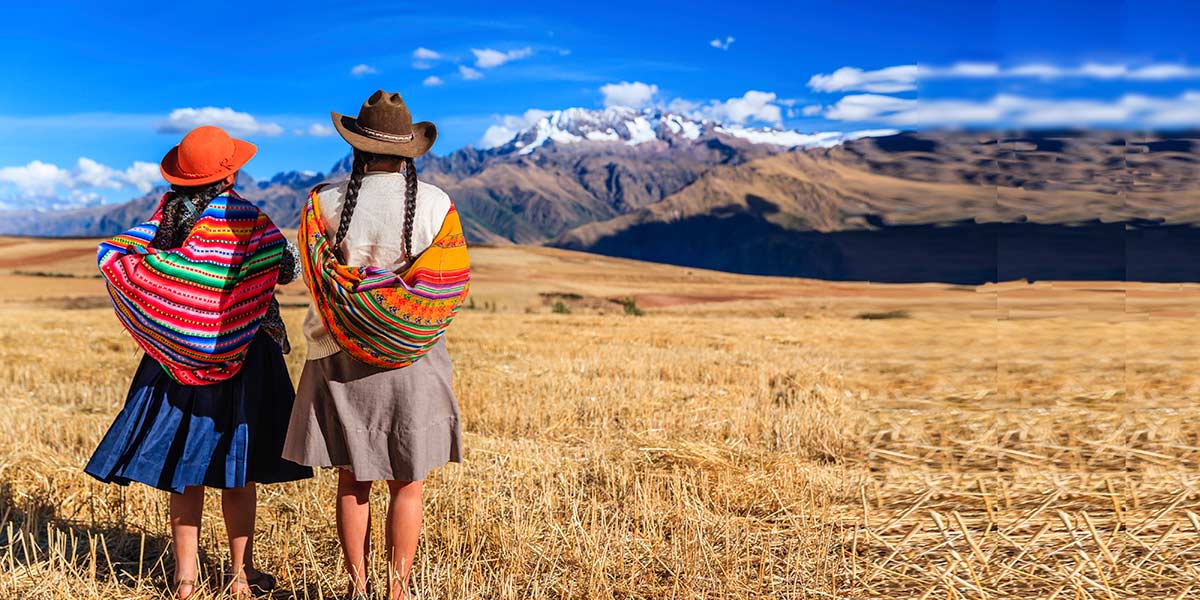

Powerful nutrition from
the Andean regions of
Peru, Bolivia, Chile and
Colombia
Quinoa:
the mother
grain
The Sacred Valley, Peru
Powerful nutrition from
the Andean regions of
Peru, Bolivia, Chile and
Colombia
Quinoa:
the mother
grain
The Sacred Valley, Peru
Eat Like A King: Quinoa
Quinoa: from the Quechua word Kinwa
Quinoa was cultivated and used by pre-Columbian civilizations between 5,000 and 7,000 years ago, having originated in the Andean regions, which include Peru, Bolivia, Chile and Colombia. The Incas considered it an essential food, “the mother grain.’’
Quinoa (pronounced Keen-wah), a seed that is considered a whole grain food, is a miraculously rich source of nutrition. Its health-enhancing properties include:
 It has an array of vitamins and minerals: B1, B2, B6, and E, as well as potassium, folate, phosphorus, zinc, copper, iron
It has an array of vitamins and minerals: B1, B2, B6, and E, as well as potassium, folate, phosphorus, zinc, copper, iron
 It has a high fiber content, which can help reduce blood sugar levels, lower cholesterol, increase fullness, and assist with weight loss
It has a high fiber content, which can help reduce blood sugar levels, lower cholesterol, increase fullness, and assist with weight loss
 Though high in carbohydrates, it has a low glycemic index, meaning it doesn’t raise your blood sugar the way many other carbohydrate foods do
Though high in carbohydrates, it has a low glycemic index, meaning it doesn’t raise your blood sugar the way many other carbohydrate foods do
 Most unusual for a grain, quinoa contains a high level of “complete” protein, meaning it contains all the amino acids you need in a protein food
Most unusual for a grain, quinoa contains a high level of “complete” protein, meaning it contains all the amino acids you need in a protein food
 It is gluten free
It is gluten free
You can use quinoa in many delicious ways. It makes a savory side dish, or why not incorporate it into your salads, soups, stews and sauces. Since it comes in many forms, you can also enjoy quinoa pasta, bake with quinoa flour, start your day with a quinoa breakfast cereal, or sprinkle quinoa flakes on your yogurt and fruit.



This site is for informational purposes only. Please consult your health-care professional to determine medical recommendations specific to you. SEE TERMS OF SERVICE




